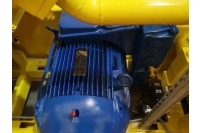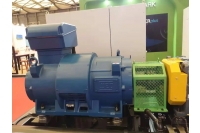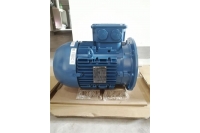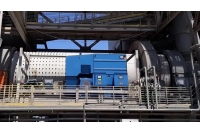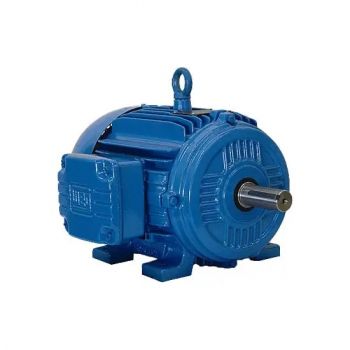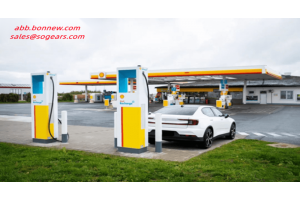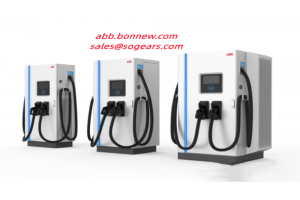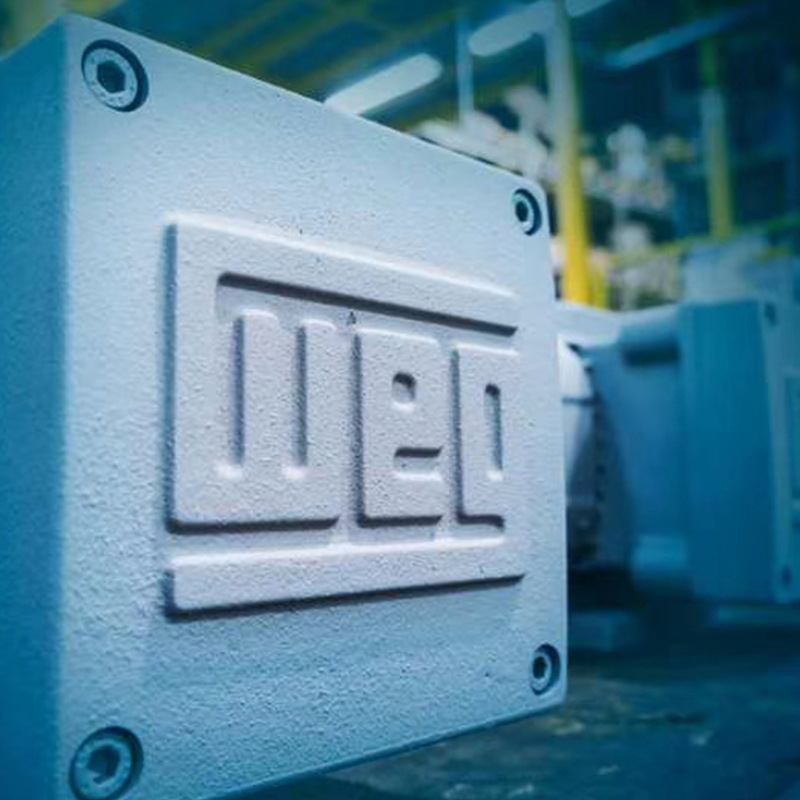
According to the crusher operating guidelines, equipment operators face several risks, including exposure to dust, noise, vibration, and being hit by objects ejected from the crusher. WEG in the UK has developed an automatic unlocking system using the WEG jaw crusher.
Jaw brakes are often used in extraction, mining, recycling demolition waste and the chemical industry due to the high inertia of the steering wheel, high cyclic loads and different materials, making it a rather difficult application for system integrators.
Not only does WEG improve engine efficiency and reliability, but it also increases the efficiency of the entire jaw jack system. Due to the quality, versatility and energy efficiency of the WEG product line and technical know-how, WEG supplied the engines, controls and alternators for the project.
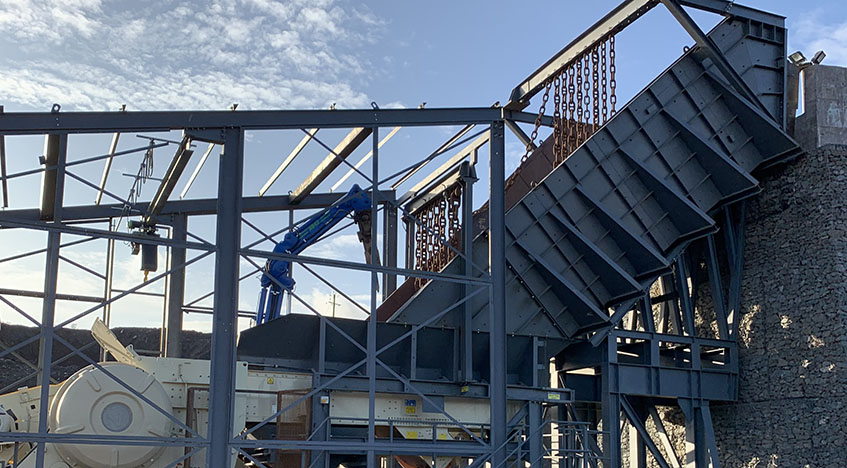
WEG has developed an energy-efficient system that frees the operator from the hazardous work of manually removing material blocked in the jaws.
WEG determines the correct choice of WEG motor and reducer by performing a torque speed calculation. And do additional mechanical calculations to ensure that the motor shaft can handle the high radial loads the application may impose. The WEG W22 IE3 energy efficiency motor of choice is made of its superior cast iron construction, coiled using a separate frequency converter and back cover.
The next important part of the system is motor control, which can include smooth start or variable speed drive (VSD) to control engine cranking speed or torque. The selected inverter model is CFW11, with embedded programmable logic control function (PLC). There are several advantages to this choice, including standard CC bus coils to reduce harmonics. The inverter uses an output toroidal filter, which produces a good sine wave, reduces the output current, and reduces electrical noise.
In a normal no-load start, the inverter accelerates the Briton with a slow ramp time, limiting the current drawn due to the high inertia applied. Not only does this keep power requirements low, thereby increasing the efficiency of the system, it also reduces stress in the mechanical system. Over time, this can lead to significant maintenance cost savings and extended machine life. A 10°C reduction in operating temperature typically doubles the life of an engine.

